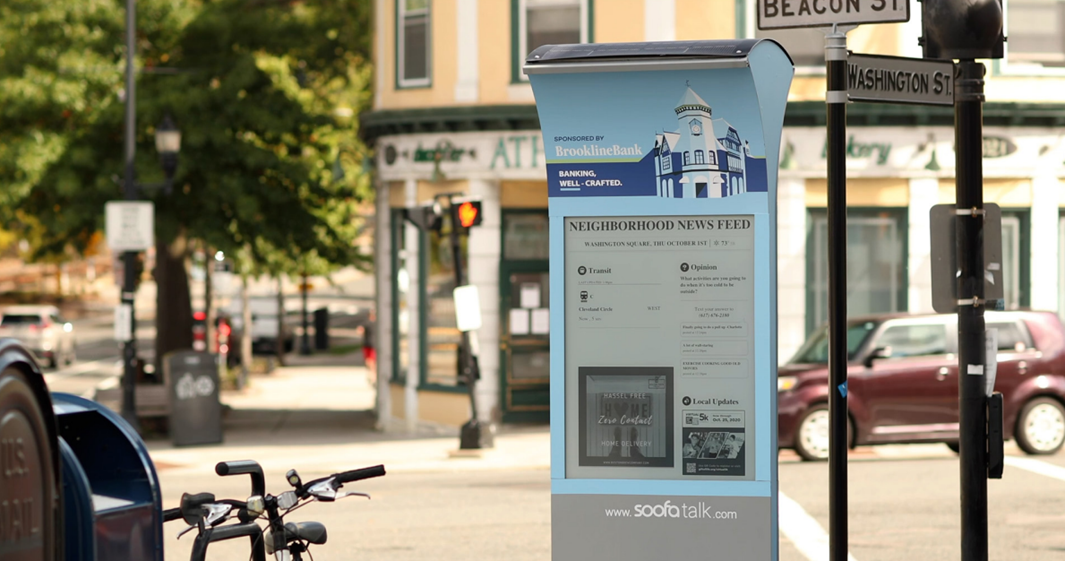Traditional LCD signage is constantly consuming power, emitting light, and contributing to light pollution. With a major focus on sustainability, businesses and cities are seeking smarter, energy efficient ways to share information. From retail stores to transit systems and corporate offices, digital signage has become a vital communication tool. But traditional LCD signage is constantly consuming power, emitting light, and contributing to light pollution in major cities.
Unlike backlit screens, E Ink displays are bi-stable, meaning they consume power only when the image changes. Once updated, the content remains visible without drawing any additional energy. This seemingly simple trait is what makes E Ink a game-changer for sustainable signage.

Source: E Ink
Ultra-Low Power Consumption and No Light Pollution
Traditional digital signs, especially LED and LCD displays, are power-hungry. They require continuous electricity to stay bright and visible. E Ink displays, on the other hand, use up to 99% less power than LCD screens because they only draw energy when content is updated.
E Ink displays are non-backlit and reflect ambient light, much like paper. This makes them perfectly readable in direct sunlight and reduces light pollution—an important consideration in urban planning and smart city development. Plus, with the addition of front-lighting options, they can still be readable in low-light conditions without disrupting the natural environment. E Ink displays also have a Dark Sky Certification, making them the first digital display that can be on at night in Europe.

Source: Soofa
Smart Cities and IoT Integration
As urban centers evolve into smart cities, there’s a growing demand for digital infrastructure that can communicate with citizens in real time without taxing the grid. E Ink is ideally suited for IoT applications, such as connected bus stops, interactive maps, and emergency alert systems. These displays can be updated remotely and operate autonomously for weeks or months on a single charge. Papercast’s ePaper bus stop passenger information displays and Soofa’s communication platforms are the perfect example for this application.
Environmental Impact
Manufacturing and running LED and LCD signage contributes significantly to carbon emissions. E Ink displays reduce both operational energy consumption and e-waste due to their longevity. By switching to E Ink, organizations and municipalities not only save money but also shrink their environmental footprint—a win-win in today’s climate-conscious world.
The future of digital signage is not just about brighter screens or flashier content—it’s about responsible innovation. As the world transitions toward energy efficient technologies, E Ink is paving the way for a new era of digital displays that are smart, sustainable, and efficient. Whether it’s a solar-powered parking sign in Los Angeles, or real time ETAs on the Green Line in Boston, E Ink is being recognized not only for its readability but also for its sustainability.


Leave Comment